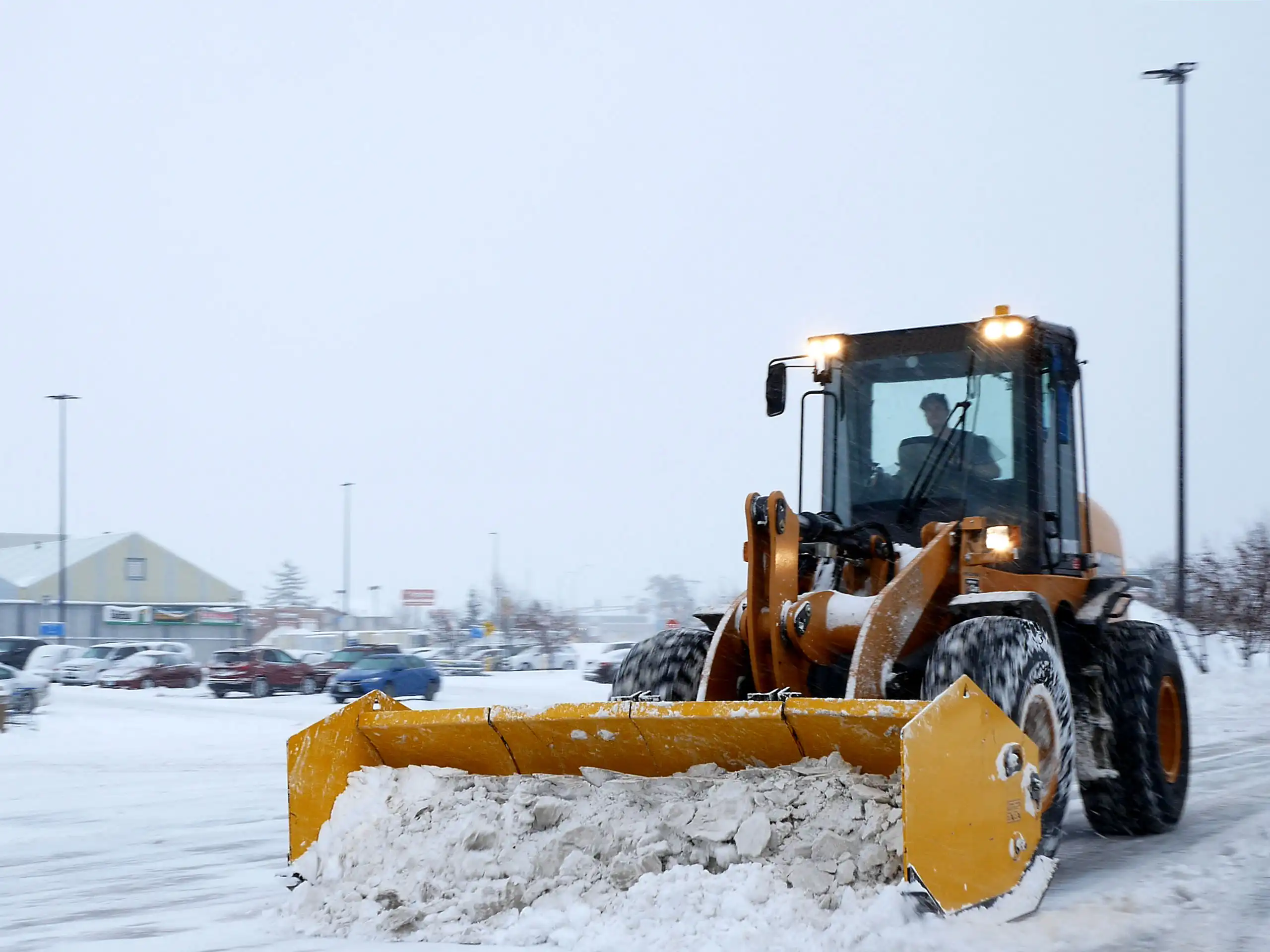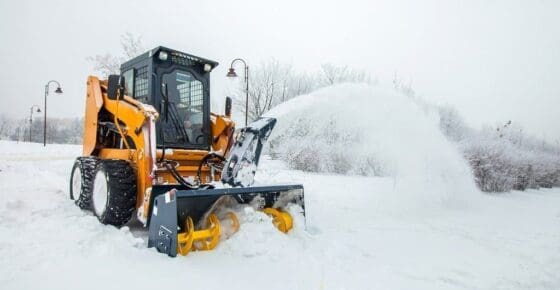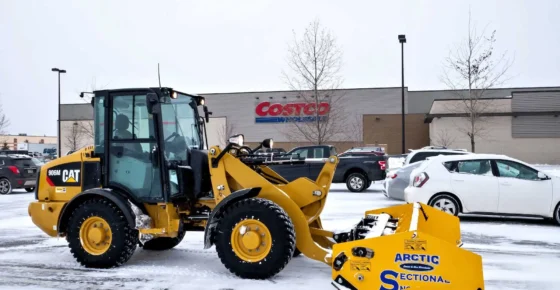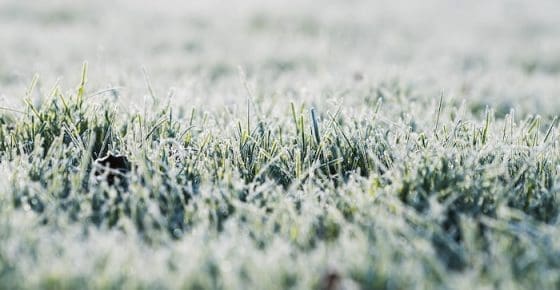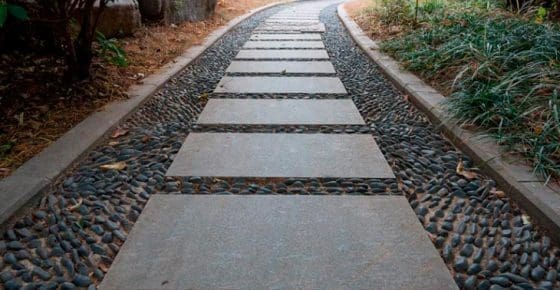Why a “Zero-Tolerance” Snow Policy Isn’t Really Zero — and What to Do Instead
In the snow and ice management industry, you’ll often hear the term “zero-tolerance” used to describe a service level where snow and ice are cleared the moment they appear. It sounds ideal—especially for properties that can’t afford downtime or safety issues. But the truth is, there’s no such thing as zero risk. At Earth Development, […]
How Reliable Commercial Snow Removal Protects Your Business From Costly Liability
Winter storms don’t just cover your property in snow and ice — they create liability risks that can cost your business far more than a seasonal maintenance contract. Slip-and-fall accidents, workers’ compensation claims, and ADA compliance issues are some of the biggest threats property managers face every winter. Hiring a professional commercial snow removal partner […]
The 3 Biggest Mistakes You Can Make When Planning Your Snow and Landscape Contract
When you’re responsible for commercial properties, you don’t just need snow and landscape services, you need peace of mind. Unfortunately, most property managers sign “set-it-and-forget-it” contracts without really digging into whether their vendor is reliable, responsive, or truly acting as a partner. The result? Unsafe conditions, tenant complaints, skyrocketing costs, and even liability exposure. Here […]
5 Signs Your Current Snow and Lawn Contract Is Costing You More Than You Think
At first glance, your snow and lawn contract might seem like a budget-friendly choice. The price looks competitive, the services sound comprehensive, and it feels easier to stick with the same vendor you’ve always used. But as many property managers know, the true cost of a vendor often isn’t what’s on paper — it’s what […]
How to Create a Winter Weather Action Plan for Your Business
Snow and ice don’t just cover your property — they create hazards across every surface people use to access your business. A parking lot buried in snow is a problem, but icy sidewalks can be just as dangerous, exposing you to liability, compliance issues, and tenant complaints. For facility managers, a winter weather action plan […]
8 Winter Workplace Safety Tips
Winter weather can make the workweek rather difficult and dangerous for your employees. If you practice winter workplace safety, the risk is substantially less.
Winter Preparation Checklist for Facility Managers
As a facility manager, you know how important a winter maintenance plan is. Learn the things you can do to keep your building safe for clients and employees in this post!
6 Winter Lawn Care Tips
Winter is tough on lawns, but here are some lawn maintenance steps you can take before and during the cold months. Prepare your lawn for winter so that your lawn looks lush and healthy come Spring.
Winter Landscape: Plant-Safe Deicers
One of the many winter challenges is finding a deicer that doesn’t cause damage and kill plants. Learn how to melt ice on grass without causing damage in this post!
Why You Should Always Get Detailed Invoices for Snow Removal Services
At Earth Development, our commitment to providing our customers with the best service possible means we deliver quality and reliable snow removal services, but that we also ensure invoices are detailed and thorough.
Why Construction Sites Need Snow and Ice Management This Winter
With a professional snow and ice management company like Earth Development, you can keep on top of snow and ice formation on parking lots and in entryways.
Why Businesses Use Slate In Outdoor Landscaping and Great Ideas to Consider
For many businesses, outdoor landscaping is an afterthought – but consider some slate stone landscape ideas and you may soon realize the amazing things you can achieve with simple patios and walkways.

